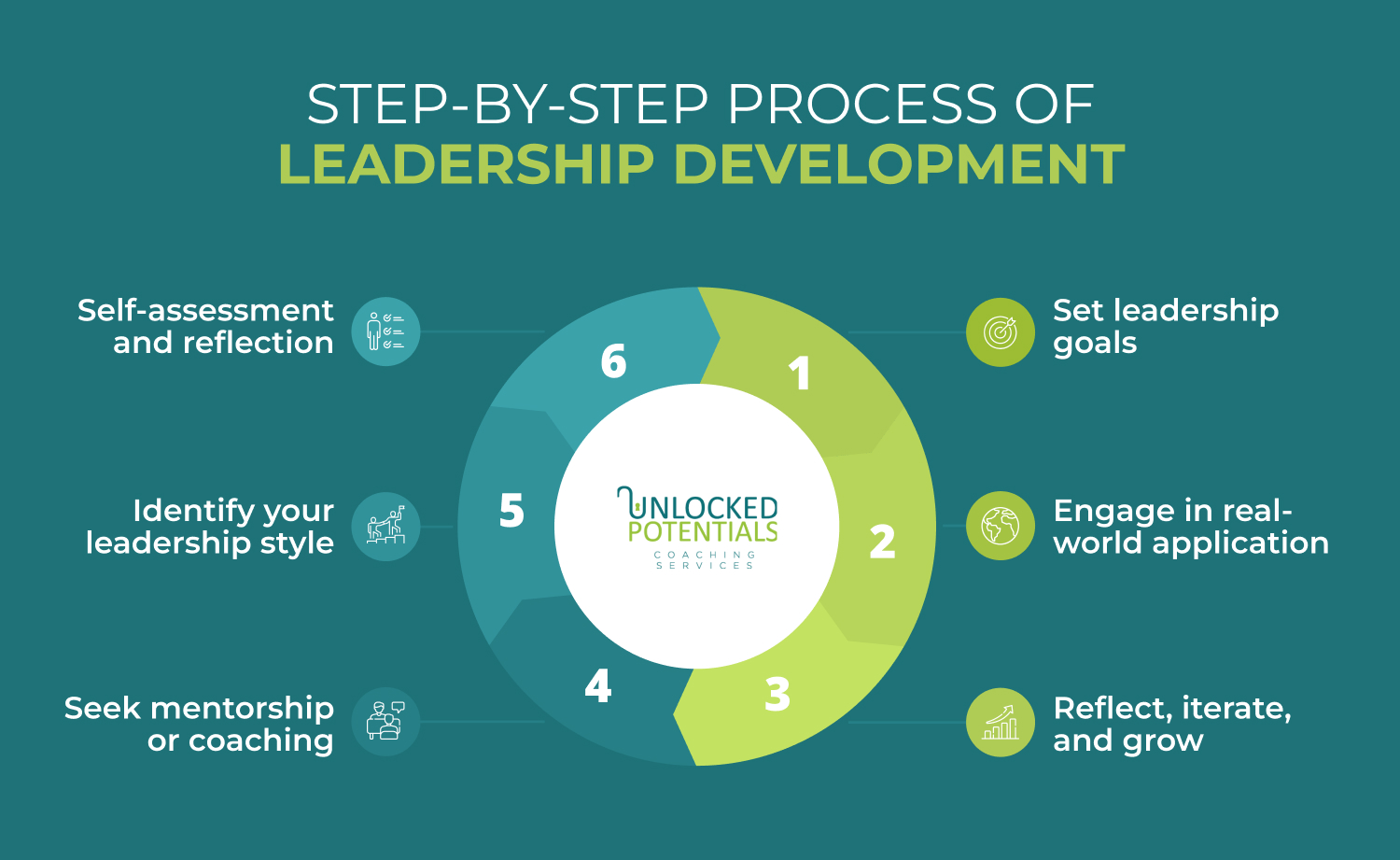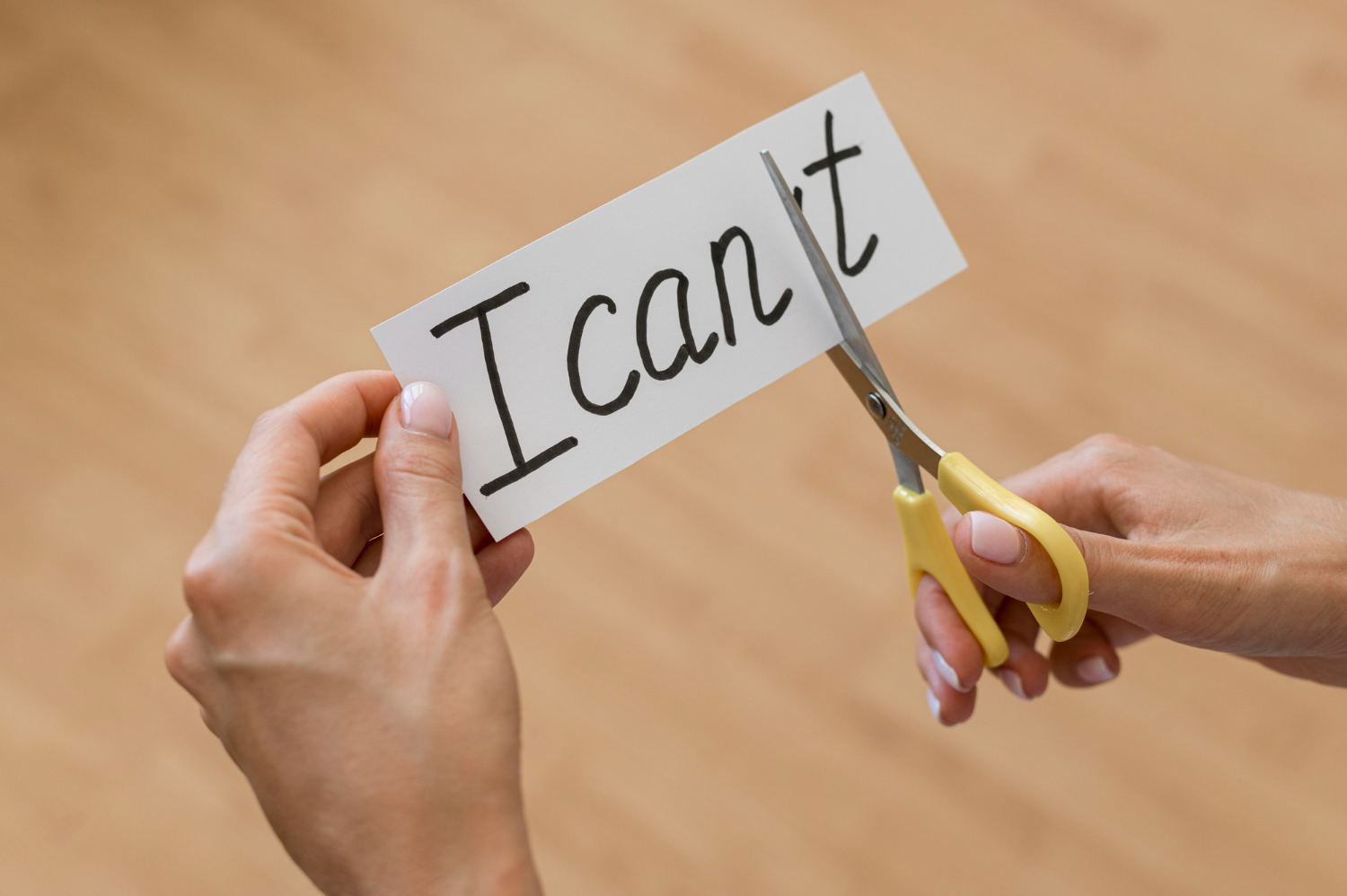What Is Leadership Development: Meaning and Examples

In today’s fast-changing business world, being technically skilled isn’t enough. Teams are looking for leaders who can guide, inspire, and bring out the best in others — not just get the job done.
Leadership development is not a one-time workshop or a promotion—it’s a continuous journey of learning, growing, and leading with purpose. At its heart, leadership development means understanding yourself and improving how you influence others.
You might be leading now or preparing to step up; this article will guide you through what leadership development truly means — and how you can start your journey today.
What Is Leadership Development?
Leadership development is the process of becoming a better leader — through learning, growing, and helping others succeed.
At its core, it’s about action and personal growth. It starts with understanding yourself — your values, strengths, and blind spots. When you’re aware of how you show up as a leader, you can make better choices, connect more deeply with your team, and build trust that lasts.
From there, it’s about building the skills that matter: clear communication, decision-making under pressure, listening with empathy, and leading with confidence. It also means staying grounded in your values and making ethical choices, especially when things get tough.
And here’s something important to remember: leadership development isn’t only for executives. It begins the moment you decide to take responsibility, lift others up, and lead with intention — at any level.
Why Leadership Development Matters Now More Than Ever
Leadership development matters now more than ever because businesses need strong, steady leaders to face constant change and growing challenges.
Today’s workplace moves quickly. New technologies, shifting markets, and remote teams have made leadership more complex. It’s no longer enough to manage tasks — leaders must connect with people and guide them through uncertainty. When leaders grow, teams perform better, and the business becomes more resilient.
Investing in leadership development also builds a strong pipeline for the future. It prepares emerging leaders to step into new roles with confidence so the business is ready for what’s next.
Common Misconceptions About Leadership Development
One common belief is that it’s only meant for senior leaders or top management. In truth, leadership can start at any level. You don’t need a title to lead. Anyone who takes responsibility, supports others, and works with purpose is already leading.
Another misconception is that leadership development is a one-time event — like attending a single workshop or course. But real growth doesn’t happen overnight. It’s a process that builds over time through practice, reflection, and learning from experience.
Some also think leadership is about having authority or control. But true leadership is about influence. It’s about guiding, supporting, and bringing out the best in others — not just telling people what to do.
Understanding these myths is the first step toward building stronger, more effective leaders at every level.
Core Competencies Every Leader Should Develop
Strong leadership doesn’t come from a title — it comes from skills you practise every day.
-
Communication and Active Listening
Clear, honest communication is at the heart of good leadership. It’s not just about giving direction; it’s also about listening. Active listening means paying full attention and making others feel heard. When people feel understood, they’re more likely to engage and contribute.
-
Emotional Intelligence and Empathy
Leaders who understand their own emotions and can recognise how others are feeling are better at managing relationships. Empathy helps you respond in a way that supports others, especially during difficult times. It builds trust and strengthens your team.
-
Decision-Making Under Pressure
Leaders often have to make choices without having all the answers. The ability to stay calm, weigh options, and move forward with confidence is key. Good decision-making isn’t about being perfect — it’s about being clear, consistent, and willing to learn from mistakes.
-
Team Building and Mentoring
Strong teams don’t happen by accident. Leaders need to create spaces where people feel valued and supported. Mentoring others while sharing your knowledge helps to build a team that works well together and supports one another.
-
Strategic Thinking and Adaptability
Leadership isn’t just about managing what’s in front of you — it’s also about seeing what’s ahead. Strategic thinking means looking at the bigger picture and planning for the future. But things change, and good leaders also know when to adjust, try a new approach, and stay flexible.
The Leadership Development Process
These six steps can help you build a strong foundation and keep improving over time.
1. Self-Assessment and Reflection
Start by looking inward. Take time to think about your values, strengths, and areas where you struggle. Ask yourself what kind of leader you want to be and what’s holding you back. Honest reflection is the first step toward meaningful growth.
2. Identify your Leadership Style
Every leader leads differently. Some lead by encouraging others, while some take a more structured approach. Knowing your natural style helps you lead in a way that feels true to you — and also helps you adapt when needed.
3. Seek Mentorship or Coaching
You don’t have to figure it out on your own. An executive coach can offer guidance, give feedback, and help you stay focused. They can also share experiences that give you new ways to handle challenges or grow in your role.
4. Set Leadership Goals
Think about what you want to improve or achieve. Maybe you want to handle conflict better, lead your team through change, or build trust more quickly. Setting clear, realistic goals gives your development direction and helps you measure progress.
5. Engage in Real-World Application
Learning happens through doing. Use what you’re learning in real situations — whether it’s leading a meeting, giving feedback, or mentoring someone on your team. Each experience helps you practise and grow more confident in your role.
6. Reflect, Iterate, and Grow
After each experience, take time to reflect. What worked? What didn’t? What would you do differently next time? Leadership is ongoing. With every step, you gain insight, adjust your approach, and keep moving forward.
Real-World Leadership Development From Top Companies
Some of the world’s most successful companies take leadership development seriously. They see it not just as training but as a long-term investment in people. Let’s look at how these top companies have built strong leadership cultures through practical, focused programmes.
Microsoft’s LDP
Microsoft runs a Leadership Development Programme (LDP) that focuses on building leaders at every level of the company. What makes it different is the mindset behind it. Instead of just teaching skills, it encourages a “growth mindset” — the belief that people can learn, improve, and adapt over time.
The programme gives employees opportunities to rotate through different roles, learn from experienced mentors, and develop both technical and leadership skills. Joe Whittinghill, Corporate Vice President at Microsoft, has said that leadership growth is linked closely to the company’s culture change and long-term success.¹
GE’s Crotonville
General Electric (GE) has been known for its leadership development for decades. Its Crotonville centre, started in 1956, is one of the first corporate leadership training campuses in the world.
At Crotonville, leaders from all over GE come together to learn, reflect, and share ideas. The focus isn’t only on what leaders do but also on how they think, lead others, and handle challenges. Sessions include discussions on innovation, strategy, communication, and ethics.
GE also holds a Global Customer Summit there, where staff and customers learn side by side. This approach helps leaders see the bigger picture and prepare for roles that require broader thinking.
Frequently Asked Questions
1. What does leadership development really mean?
Leadership development is the process of learning how to lead others by growing your skills, mindset, and awareness. It helps you become more effective in guiding people, making decisions, and building trust.
2. What are the five basic steps in developing leadership?
The five key steps are: reflect on yourself, understand your leadership style, seek support through mentorship or coaching, set clear goals, and apply what you’ve learnt in real situations. These steps help leaders grow steadily and with purpose.
3. Why does leadership matter for development?
Strong leadership brings direction, focus, and motivation to teams and organisations. It creates better outcomes, stronger teams, and a work culture where people feel supported and valued.
4. What is the purpose of leadership development?
The goal is to help individuals lead more effectively — with clarity, confidence, and care for others. It’s about building the mindset and habits that support long-term success, not just short-term results.
5. Can leadership development work for new or junior managers?
Yes, leadership development is for all levels — not just senior leaders. Starting early helps new or junior managers build strong habits, gain confidence, and learn how to lead with impact from the beginning.
- September 2025
- August 2025
- July 2025
- June 2025
- May 2025
- April 2025
- March 2025
- February 2025
- January 2025
- December 2024
- November 2024
- October 2024
- September 2024
- August 2024
- July 2024
- June 2024
- May 2024
- December 2023
- November 2023
- August 2023
- July 2023
- June 2023
- May 2023
- April 2023
- March 2023
- February 2023
- January 2023
- December 2022
- November 2022
- October 2022
- September 2022
- August 2022
- July 2022
- June 2022
- May 2022
- April 2022
- March 2022
- February 2022
- January 2022
- December 2021
- November 2021
- October 2021
- September 2021
- August 2021
- July 2021
- June 2021
- May 2021
- April 2021
- March 2020
- February 2020
- January 2020
- December 2019
- November 2019
- October 2019
- September 2019
- August 2019
- July 2019
- June 2019
- May 2019
- April 2019
- March 2019
- February 2019
- January 2019
- December 2018
- November 2018
- October 2018
- September 2018
- August 2018
- July 2015
- May 2014









